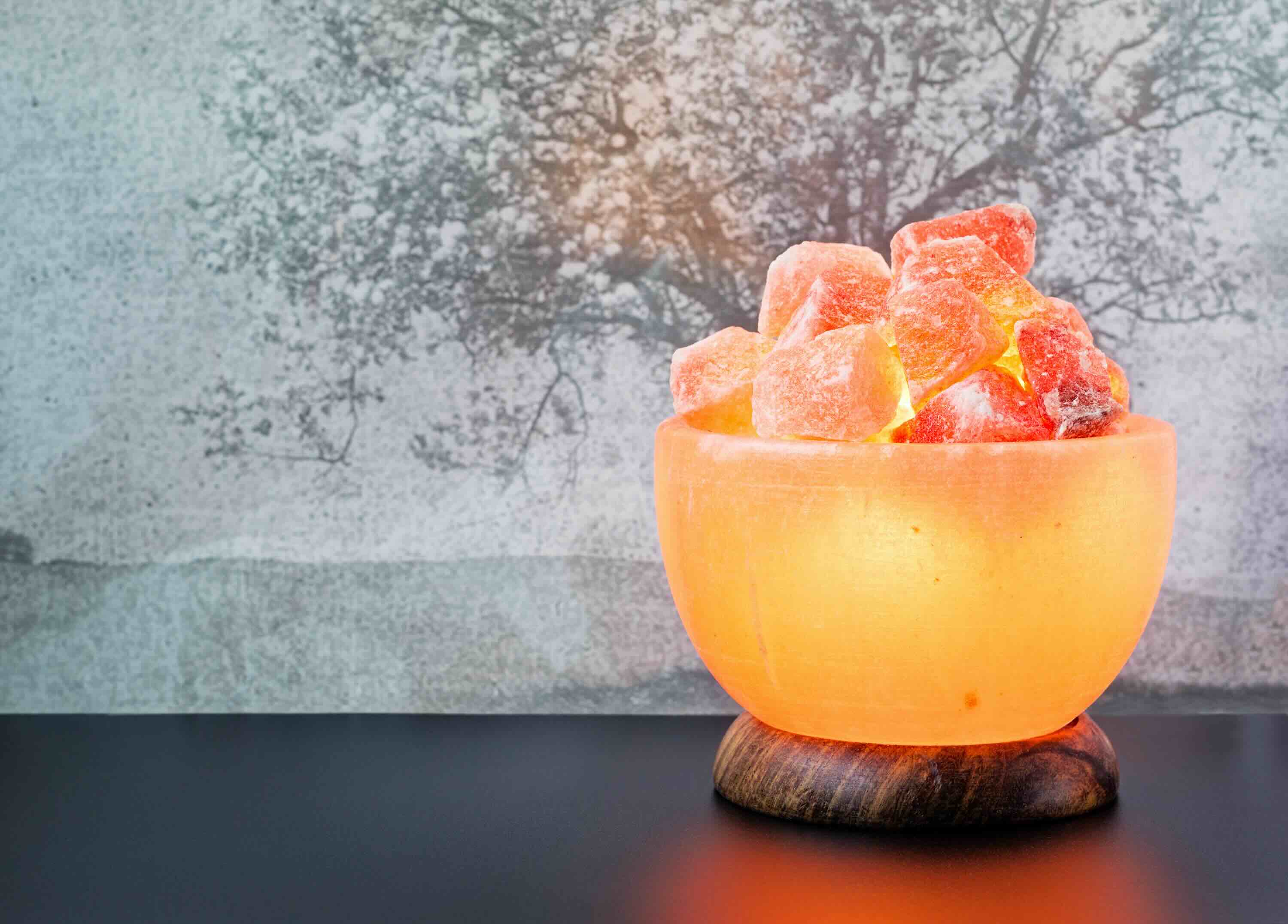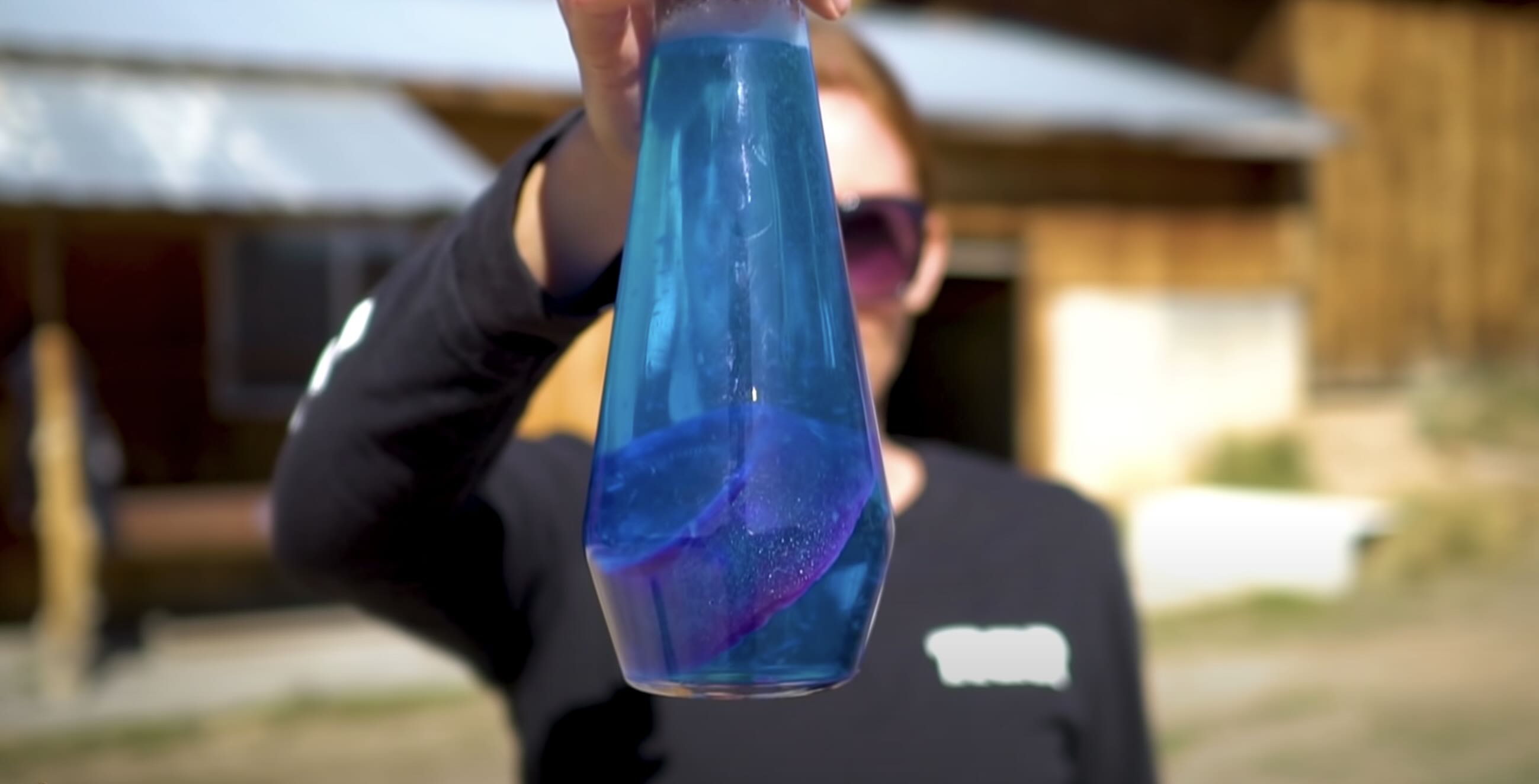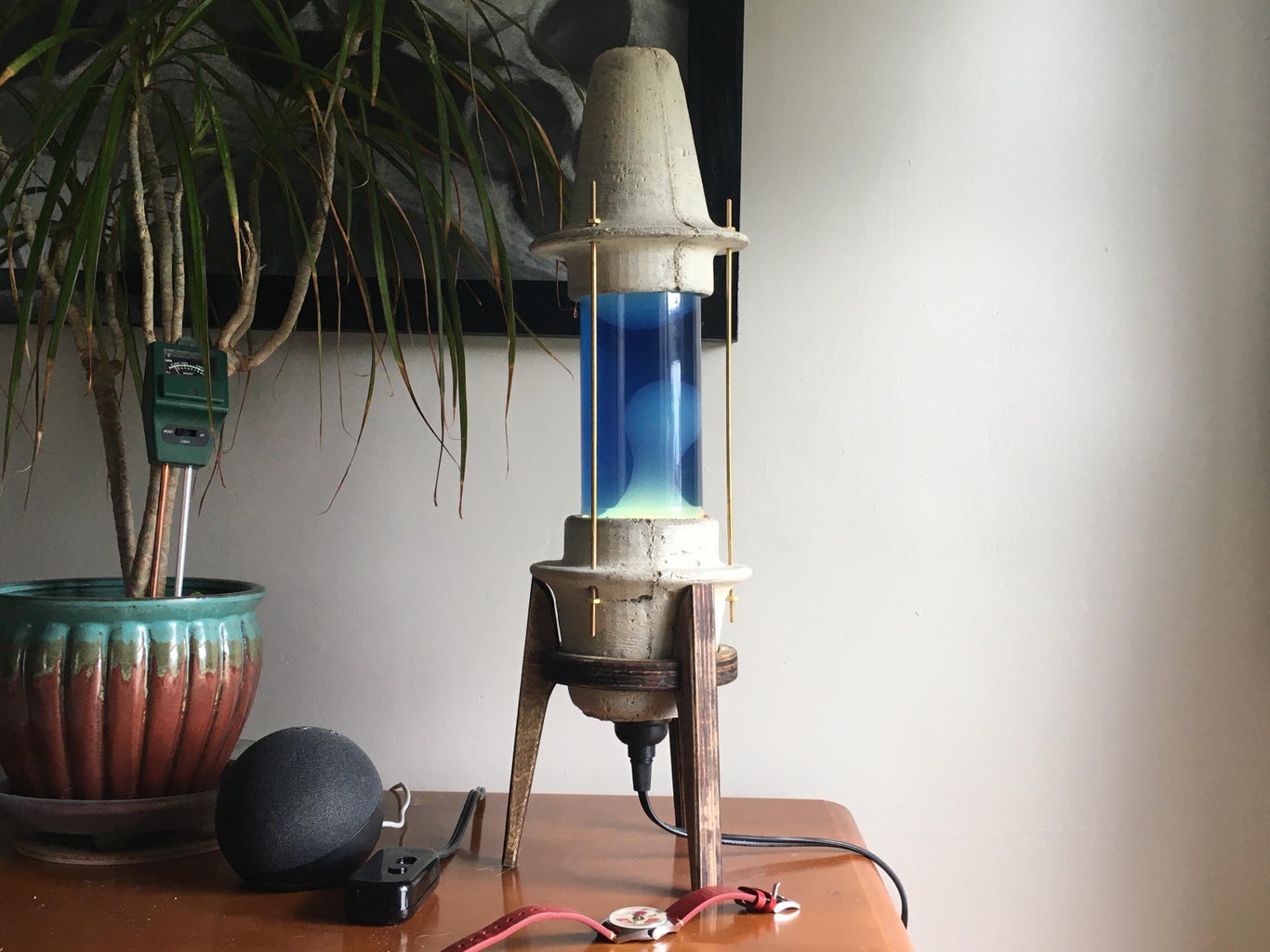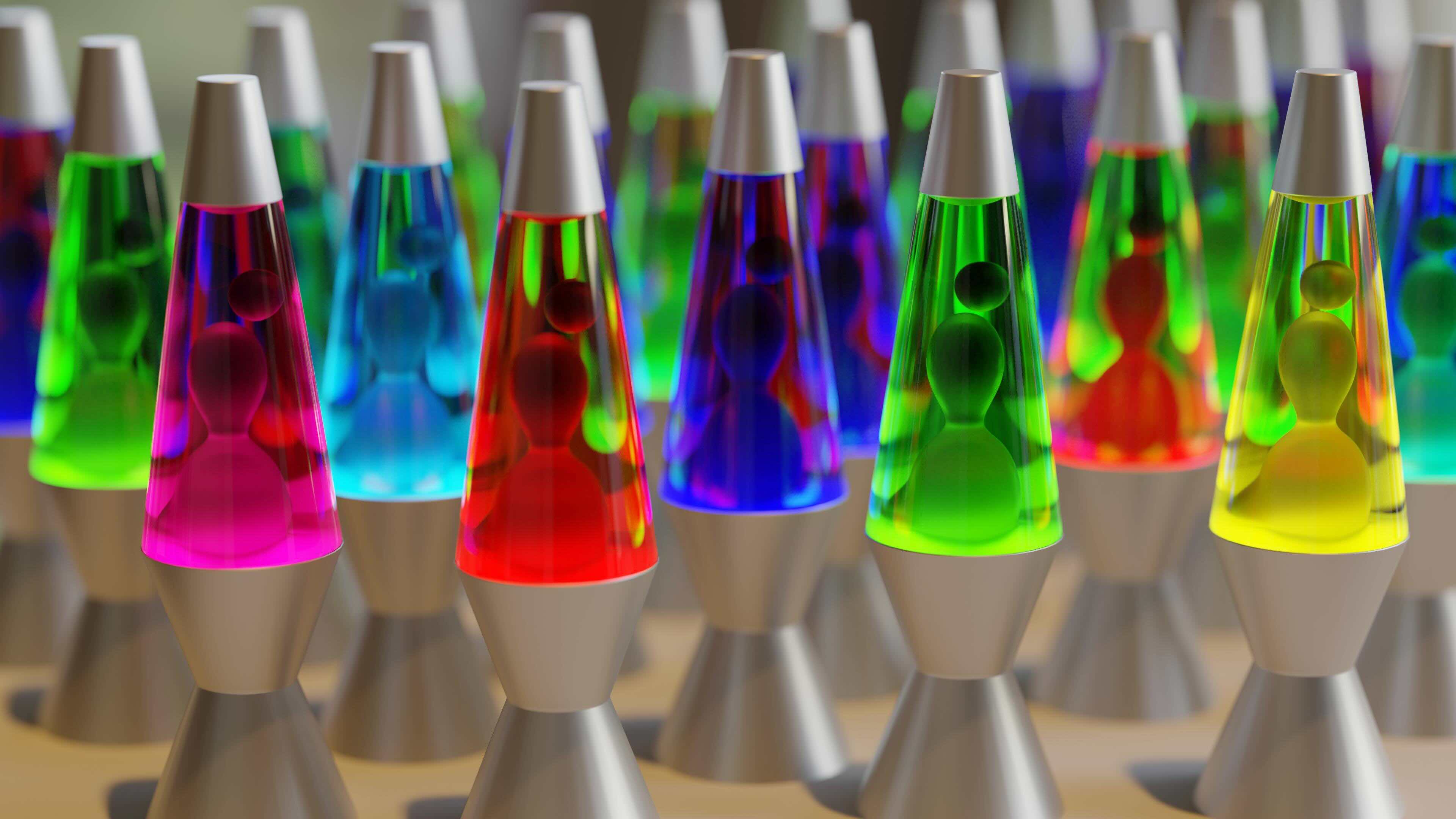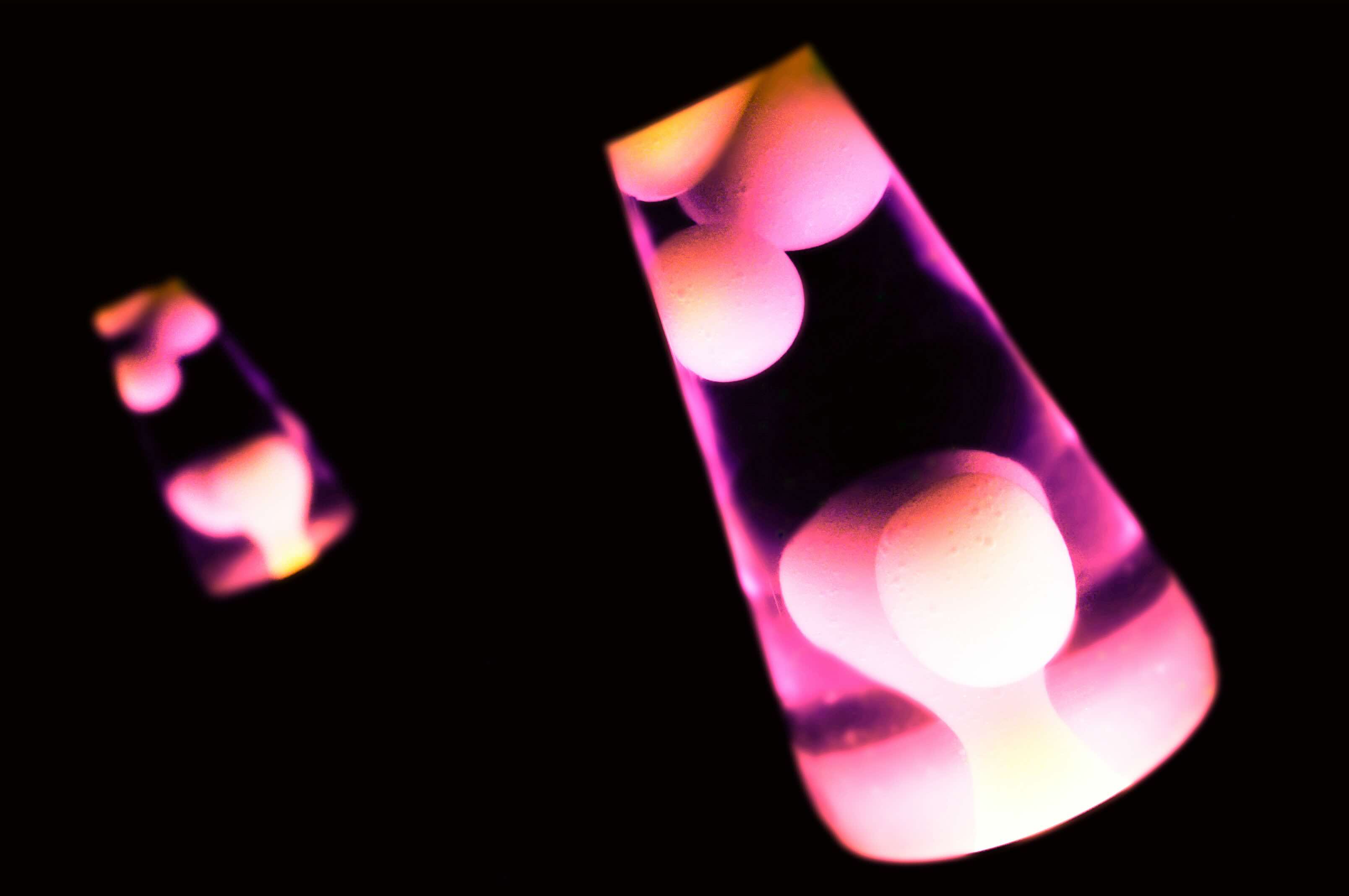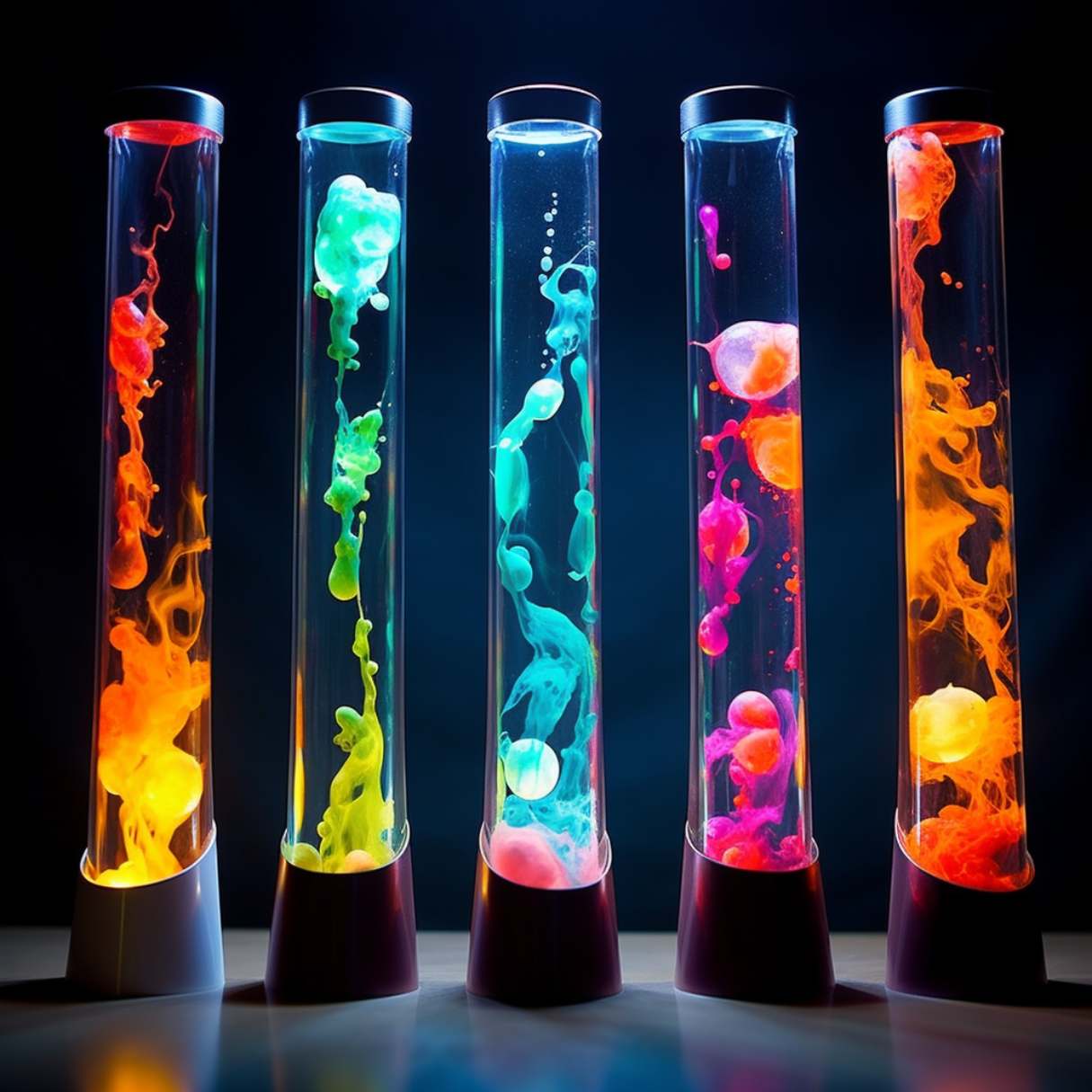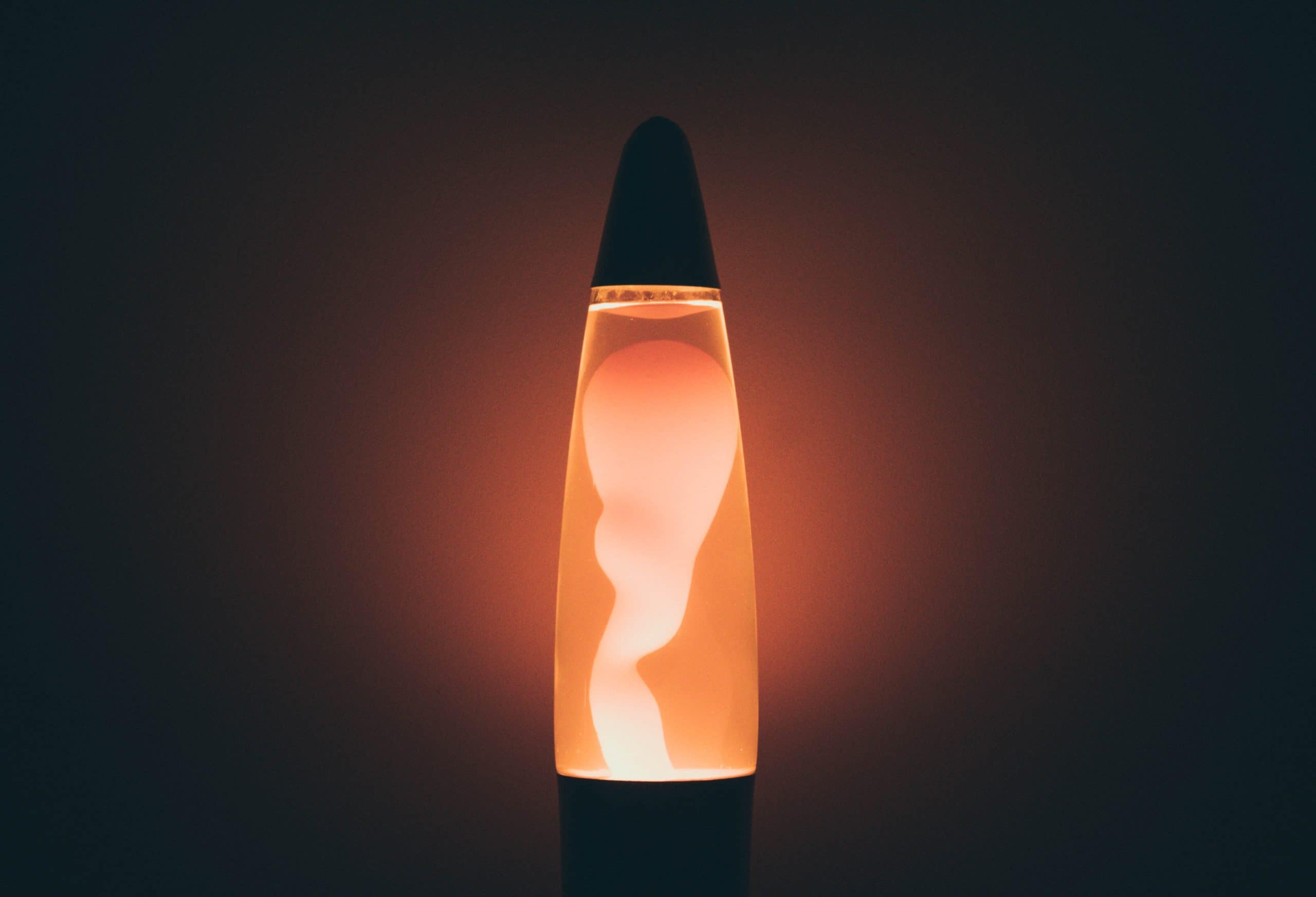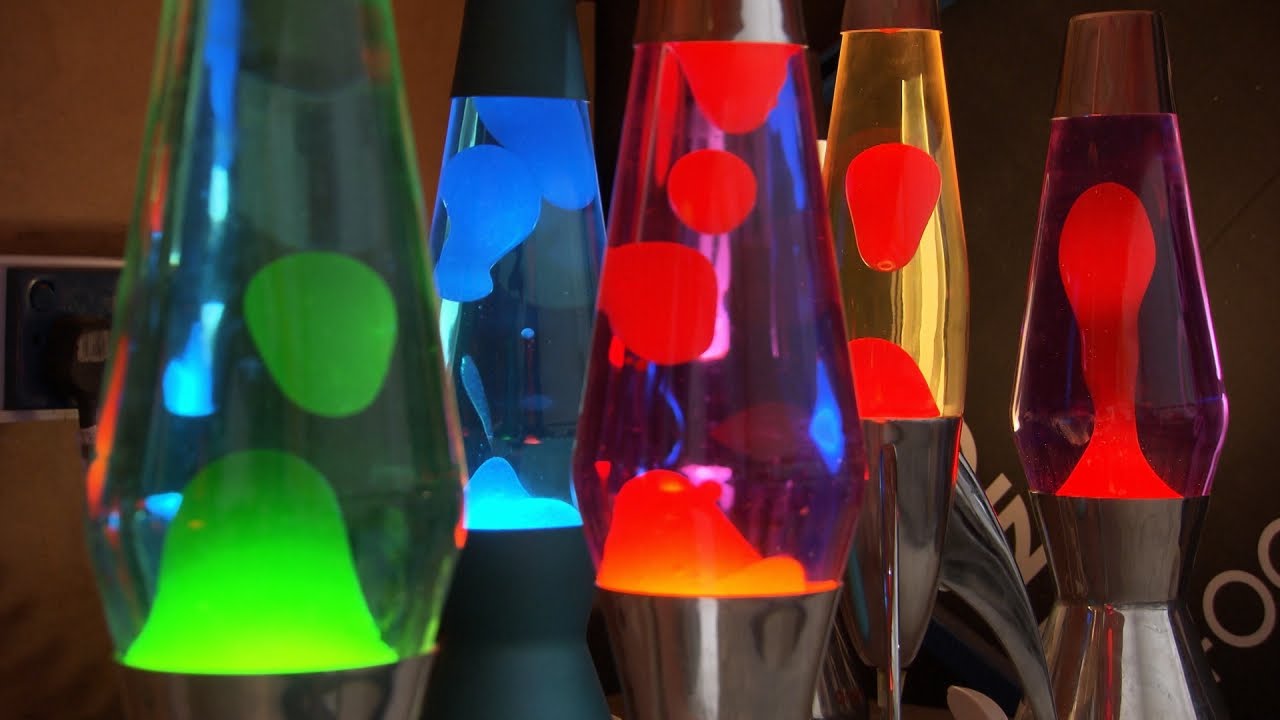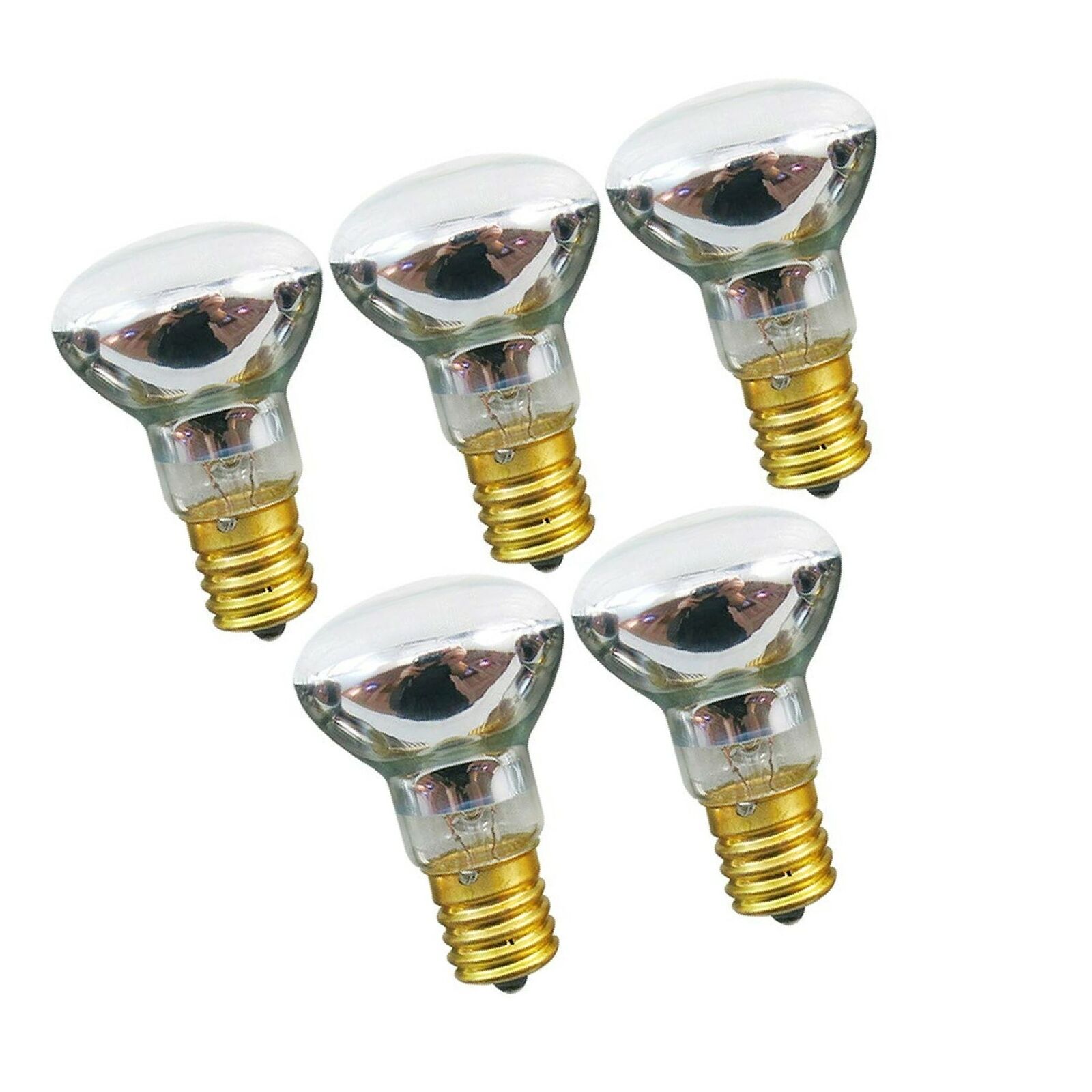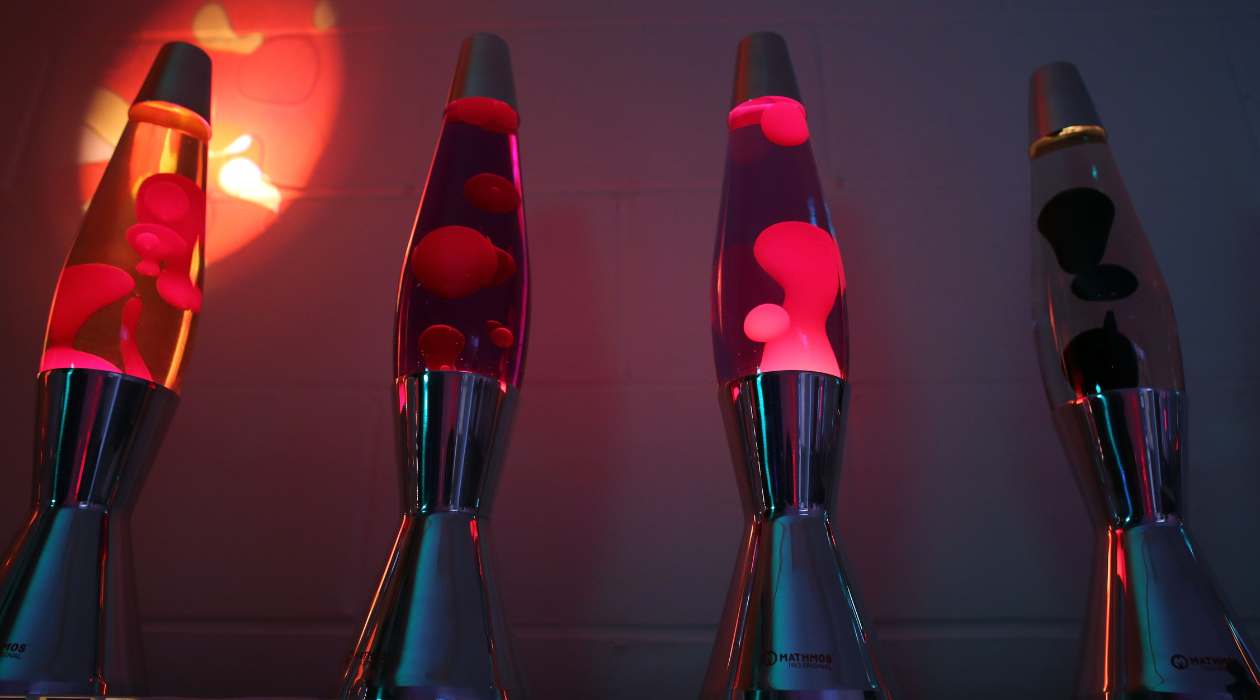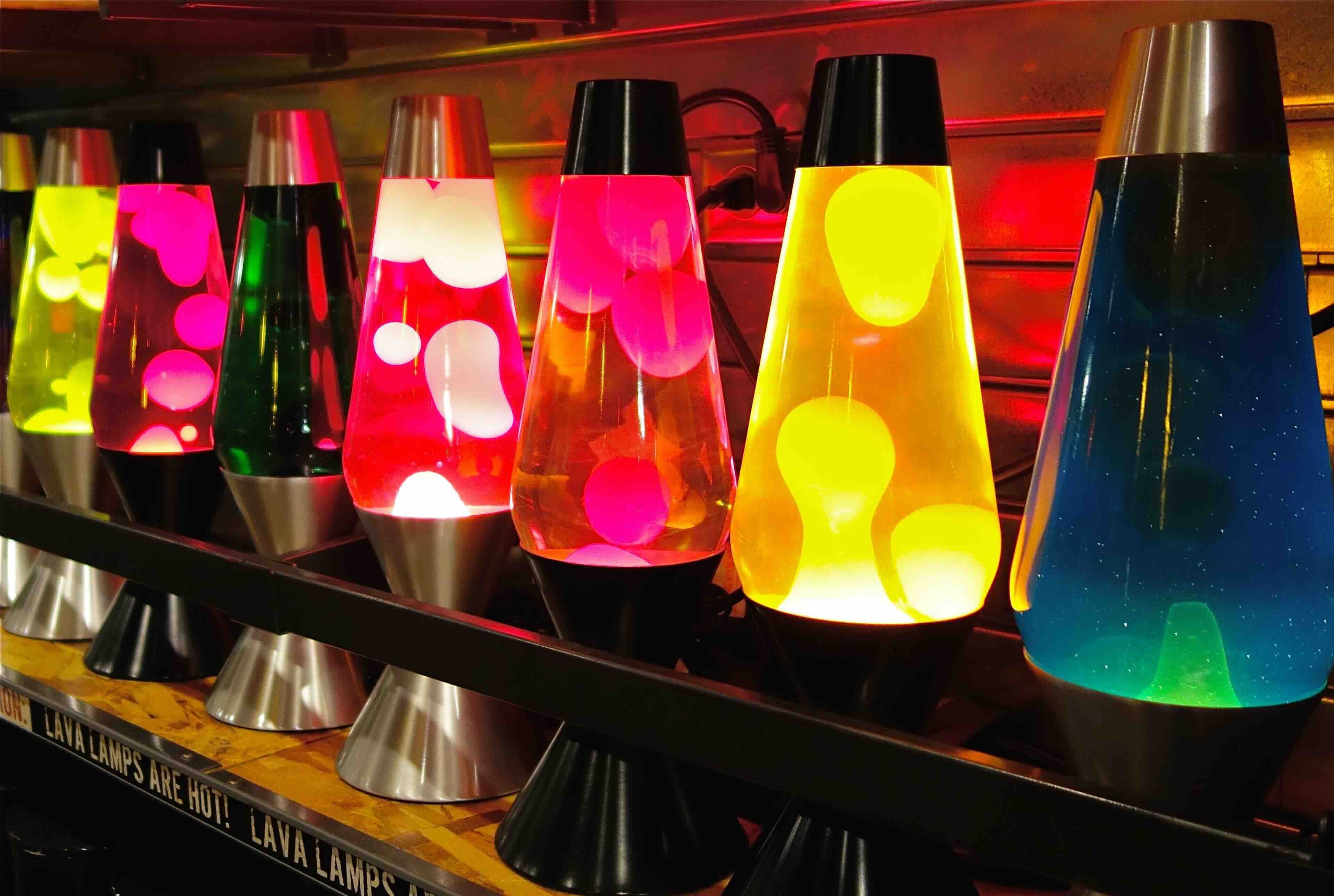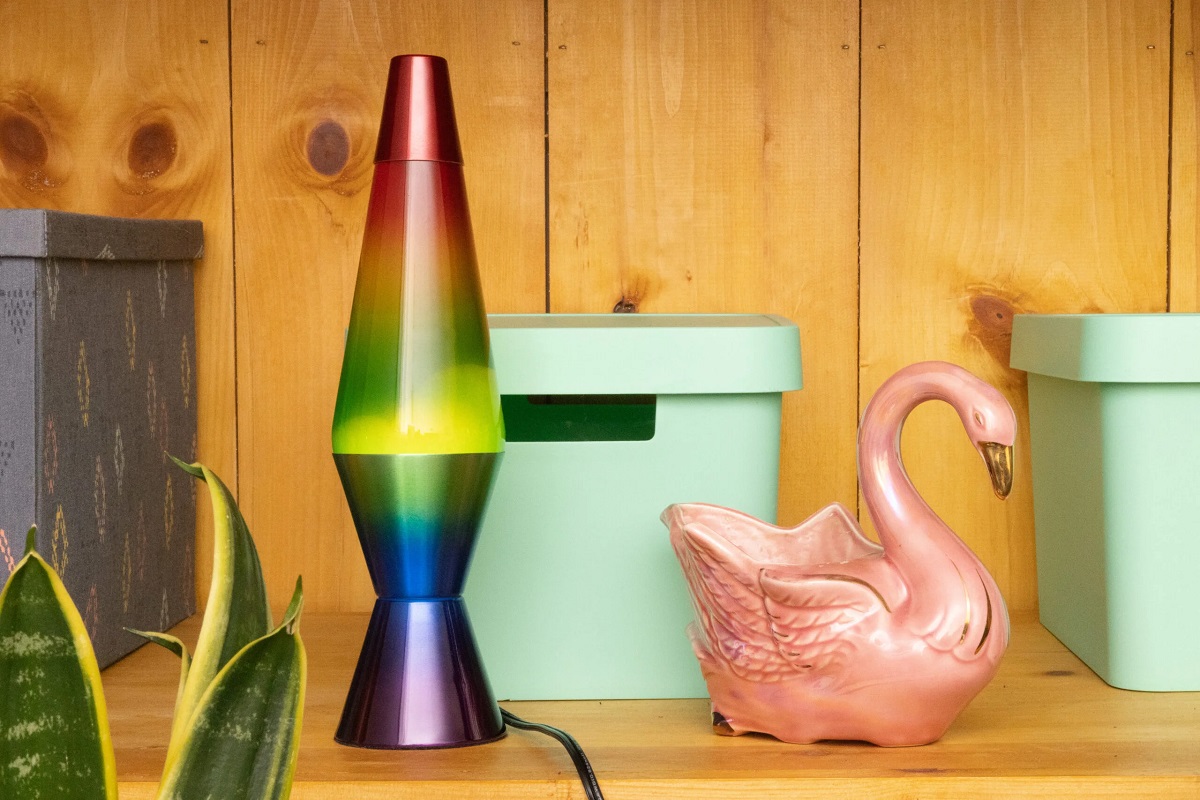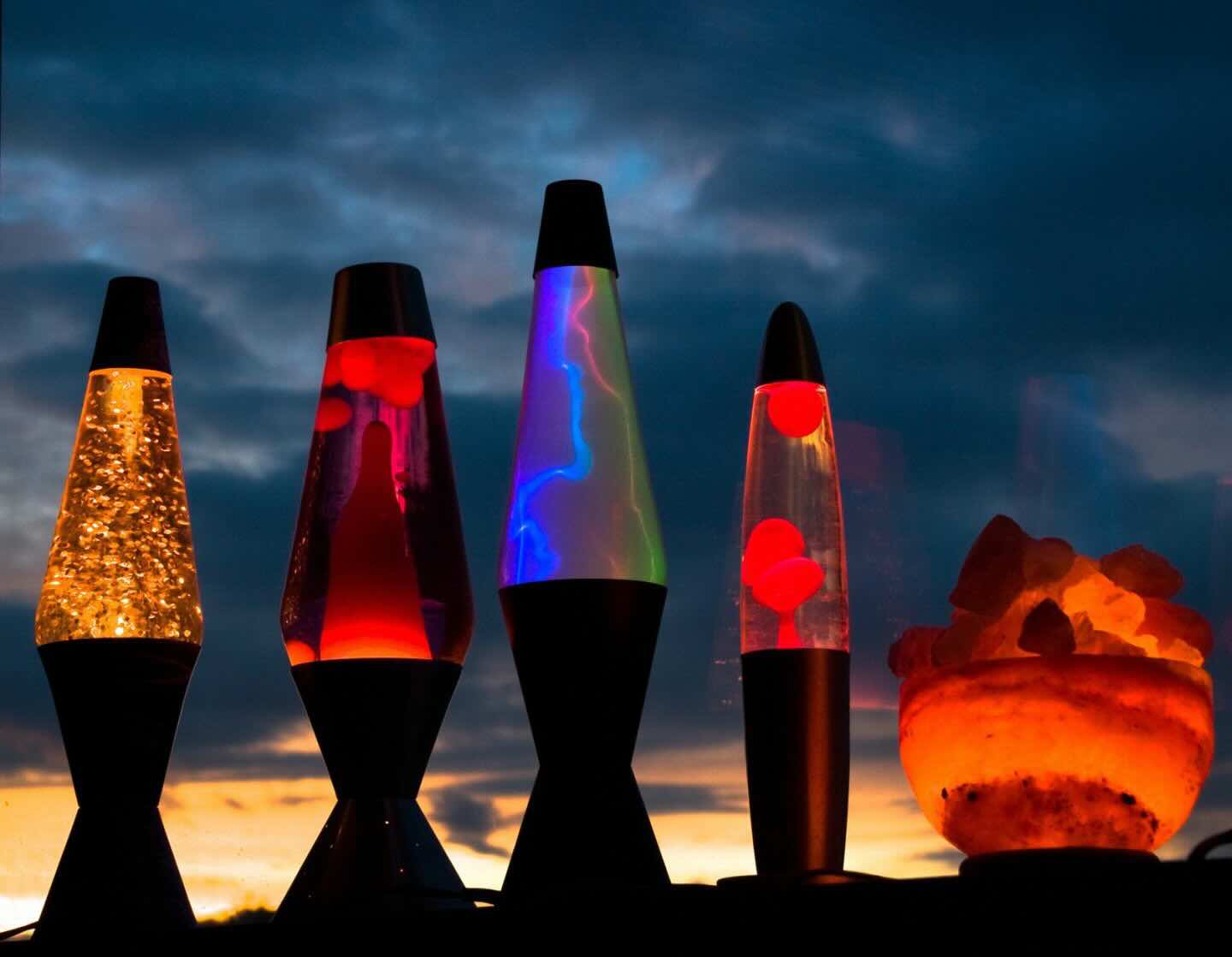

Furniture
What Happens If You Shake A Lava Lamp
Modified: May 6, 2024
Discover the unexpected consequences of shaking a lava lamp and the potential damage it can cause to your furniture. Learn more!
(Many of the links in this article redirect to a specific reviewed product. Your purchase of these products through affiliate links helps to generate commission for Storables.com, at no extra cost. Learn more)
Introduction
Welcome to the vibrant world of lava lamps! These iconic retro decor pieces have been captivating people with their mesmerizing flow of colorful blobs for decades. But have you ever wondered what would happen if you were to shake a lava lamp? In this article, we will delve into the fascinating inner workings of lava lamps, explain their normal operation, and explore the effects of shaking on their performance. So, grab a seat and let’s dive into the swirling world of lava lamps!
Lava lamps, also known as astro lamps or motion lamps, were invented by Edward Craven Walker in the 1960s. They consist of a glass container filled with a colored liquid and a type of wax that floats in the liquid. The lamp is heated from below by a bulb, which causes the wax to rise and fall in globules, creating the mesmerizing lava-like flow.
The normal operation of a lava lamp relies on the principle of density. The wax used in lava lamps is less dense than the liquid, which causes it to float. When the lamp is turned on, the bulb heats the liquid and wax, causing the wax to become less dense and rise to the top. As the wax reaches the top and cools down, it becomes denser and sinks back to the bottom. This continuous cycle creates the signature lava lamp motion.
Now, what happens if you shake a lava lamp? When you shake a lava lamp, you disrupt the delicate balance between the wax and the liquid. The result is a chaotic display of blobs and bubbles. The flow becomes erratic, and the blobs may combine or break apart in unpredictable ways. It’s like throwing a pebble into a calm pond – the tranquility is disturbed, and waves ripple across the surface.
However, it’s important to note that shaking a lava lamp is not recommended. The beauty of a lava lamp lies in its gentle, gradual movement, and shaking it can cause permanent damage to the lamp.
In the next section, we will explore the effects of shaking on a lava lamp’s performance in more detail.
Key Takeaways:
- Shaking a lava lamp disrupts its mesmerizing flow, causing chaotic blobs, muddled colors, and potential damage. Handle with care to preserve its soothing allure and prevent permanent harm.
- Avoid shaking your lava lamp to maintain its optimal performance and longevity. Let it settle, adjust the temperature, and handle it gently to enjoy its enchanting flow for years to come.
Read more: What Happens If You Break A Lava Lamp
How Lava Lamps Work
Lava lamps operate based on several key scientific principles. Understanding these principles will help you appreciate the beauty and magic behind these captivating decor pieces.
The main components of a lava lamp are the glass container, the liquid, and the wax. The liquid used in lava lamps is typically a combination of water and various solvents, such as mineral oil or carbon tetrachloride. This liquid is chosen for its density and viscosity, which affects the flow and movement of the wax.
The wax used in lava lamps is typically a blend of paraffin wax and other compounds. This wax is chosen for its specific melting point and density. When the lamp is turned on, the bulb heats the wax and the liquid, causing the wax to melt and become less dense than the liquid. The heated wax rises to the top of the lamp, creating the iconic lava-like bubbles.
As the wax reaches the cooler upper part of the lamp, it starts to cool down and solidify, becoming denser than the liquid. The denser wax sinks back down to the bottom of the lamp, ready to be reheated by the bulb and start the cycle again. This continuous circulation of wax creates the mesmerizing flow of blobs and bubbles that lava lamps are known for.
The shape and size of the glass container also play a role in the operation of a lava lamp. The container is usually shaped like a tall cylinder or a globe, allowing the wax to freely move and flow within. The larger the container, the longer it takes for the wax to circulate from the bottom to the top and vice versa. This results in slower, more relaxed movements. Conversely, smaller containers may exhibit faster and more energetic movements.
It’s important to note that the performance of a lava lamp can be affected by several factors. Ambient temperature plays a crucial role in the operation of a lava lamp. If the room is too cold, it may take longer for the wax to heat up and start flowing. On the other hand, high temperatures can cause the wax to become too fluid, resulting in a less defined lava-like effect. It’s best to keep your lava lamp in a room with a consistent temperature for optimal performance.
In the next section, we will explore what happens when you shake a lava lamp and how it affects its performance.
The Normal Operation of a Lava Lamp
Lava lamps have a distinct and soothing motion when they are operating normally. Understanding how they typically function will give you a better appreciation for their unique appeal.
When you turn on a lava lamp, the heat from the bulb starts to warm up the liquid solution inside. As the liquid heats up, it becomes less dense, and the wax begins to melt and rise towards the top of the lamp.
As the wax reaches the cooler upper part of the lamp, it cools and solidifies, becoming more dense than the liquid. This causes the wax to start sinking back down to the bottom of the lamp.
The continuous heating and cooling cycle of the wax creates a mesmerizing flow as the globules of melted wax rise and fall within the liquid medium. This flow resembles lava slowly bubbling and flowing, hence the name “lava lamp”.
The movement of the wax is influenced by several factors, including temperature, density, and viscosity. Different types of wax and liquid combinations can result in variations in the speed and behavior of the lava lamp’s flow.
The color of the liquid and the wax also contribute to the aesthetics of the lava lamp. Vibrant and contrasting colors can enhance the visual appeal, creating a captivating display as the blobs of wax move through the liquid medium.
The gentle and gradual movement of a lava lamp is part of its allure. The slow and relaxing flow can create a soothing ambiance and serve as a visual focal point in any space. It’s a fantastic addition to bedrooms, living rooms, or even offices, providing a calming and tranquil atmosphere.
Now that we understand the normal operation of a lava lamp, let’s explore what happens when you decide to shake it.
What Happens When You Shake a Lava Lamp
Shaking a lava lamp disrupts the delicate balance and intricate movements that make it so mesmerizing. When you give a lava lamp a good shake, several things can happen to its appearance and performance.
First and foremost, shaking a lava lamp causes the blobs of wax to break apart and mix with the liquid in an erratic manner. Instead of the smooth and gradual flow, you will see a chaotic display of swirling blobs and bubbles. The vibrant colors of the wax can become muddled and blend together, creating a less defined visual effect.
The motion of the wax may also become erratic and unpredictable. Instead of the slow rising and falling, the wax may move rapidly and violently within the lamp. It can collide with the glass walls or clump together in unusual formations. The overall flow will lack the soothing and mesmerizing quality that is characteristic of a properly functioning lava lamp.
Another consequence of shaking a lava lamp is that air bubbles can become trapped within the wax and the liquid. These bubbles can disrupt the normal circulation of the wax, impacting the overall performance of the lamp. The bubbles can also affect the clarity of the liquid, making it appear murky instead of transparent.
Furthermore, the heat distribution within a lava lamp can be affected by shaking. The bulb may not be able to evenly heat the liquid and wax, leading to uneven melting and flow patterns. This can result in patchy pockets of melted wax or areas where the wax does not circulate properly. The overall visual effect will be compromised as a result.
It’s important to note that shaking a lava lamp can have lasting effects on its performance, appearance, and even its lifespan. The delicate internal mechanisms and the composition of the wax and liquid can be altered or damaged by the vigorous shaking. It is generally recommended to avoid shaking a lava lamp to ensure its longevity and optimal performance.
In the next section, we will discuss the potential risks of shaking a lava lamp and why it’s best to handle them with care.
When shaking a lava lamp, the wax inside may break into smaller pieces and the flow may become disrupted. It’s best to avoid shaking a lava lamp to maintain its original appearance and function.
The Effects of Shaking on Lava Lamp Performance
Shaking a lava lamp can have various negative effects on its performance and overall aesthetic appeal. Let’s take a closer look at the potential consequences of shaking a lava lamp.
1. Disrupted Flow: One of the most noticeable effects of shaking a lava lamp is the disruption of its smooth and mesmerizing flow. The gentle rise and fall of the wax blobs become erratic and unpredictable. Instead of a gradual movement, you may see rapid and chaotic motion within the lamp.
2. Mixing and Muddled Colors: When you shake a lava lamp, the blobs of wax can break apart and mix with the liquid in a random manner. This blending of colors can create a muddled appearance, making it difficult to distinguish individual blobs. The vibrant and distinct color patterns that are characteristic of a properly functioning lava lamp may be lost.
3. Air Bubbles: Shaking a lava lamp can introduce air bubbles into the liquid and wax mixture. These trapped bubbles can disrupt the normal circulation of the wax, affecting the flow and movement of the lamp. In addition, these bubbles can make the liquid appear murky instead of clear and transparent.
4. Uneven Heating: The distribution of heat within a lava lamp can be disturbed by shaking. The bulb may not be able to evenly heat the liquid and wax, resulting in uneven melting and flow patterns. This can lead to patches of melted wax or areas where the wax does not circulate properly.
5. Damaged Components: Lava lamps have delicate internal mechanisms that can be easily damaged by shaking. The fragile glass container, delicate wiring, or the seal between the top and base can be compromised, leading to leaks or malfunctions. The composition of the wax and liquid can also be altered, affecting the lamp’s ability to perform properly.
It’s essential to understand that the negative effects of shaking a lava lamp can be permanent. Once the delicate balance and mechanisms of the lamp are disrupted, it can be challenging to restore it to its original state. In some cases, shaking a lava lamp can even lead to irreversible damage that renders it unusable.
Therefore, it is highly recommended to handle lava lamps with care and avoid shaking them to preserve their performance and lifespan.
In the next section, we will discuss how to fix a shaken lava lamp and restore it to its optimal performance.
Read more: What Is In A Lava Lamp
Potential Risks of Shaking a Lava Lamp
Shaking a lava lamp can pose several risks and potential dangers. Understanding these risks will help you make informed decisions about how to handle and care for your lava lamp.
1. Glass Breakage: Lava lamps are typically made of glass, which can be fragile. Shaking a lava lamp increases the risk of causing the glass to crack or shatter. Broken glass can result in sharp edges that can cause injury to yourself or others, as well as damage to your surroundings.
2. Electrical Hazards: Lava lamps are powered by electricity, and shaking them can put strain on the electrical components. This can potentially lead to electrical malfunctions, short circuits, or even fires. It is crucial to ensure that the lamp is properly plugged in and that the electrical connections are secure to minimize these risks.
3. Leaks and Spills: The internal components of a lava lamp, including the liquid and the wax, are sealed for optimal performance. Shaking the lamp can compromise the integrity of this seal, leading to leaks or spills. Not only can this create a mess, but it can also damage the lamp and its surroundings.
4. Heating and Fire Hazards: Lava lamps rely on heat produced by the bulb to create the mesmerizing flow. Shaking the lamp can disrupt the distribution of heat, potentially causing overheating or other issues with the bulb. This can increase the risk of electrical fires or damage to the lamp.
5. Permanent Damage: Shaking a lava lamp can result in permanent damage to its internal mechanisms and overall performance. The delicate balance between the liquid and wax can be disrupted, affecting the lamp’s ability to circulate and flow properly. In some cases, the damage caused by shaking may be irreparable, rendering the lamp unusable.
To mitigate these potential risks, it is strongly advised to handle lava lamps with care and avoid shaking them. Treat your lava lamp as a delicate and valuable decor piece, and place it in a safe and stable location where it is less likely to be accidentally disrupted.
In the next section, we will explore some tips on how to fix a shaken lava lamp and restore it to its original glory.
How to Fix a Shaken Lava Lamp
If you accidentally shake your lava lamp and notice that its performance has been affected, there are a few steps you can take to try and restore it to its optimal condition. Keep in mind that these solutions may not work in every case, and there is always a risk of permanent damage. However, it’s worth a try.
1. Allow it to Settle: If you’ve recently shaken your lava lamp, the first thing you should do is let it sit undisturbed for a few hours or overnight. This will allow the wax, liquid, and air bubbles inside to settle back into their normal position. Sometimes, the flow can return to its original state once the lamp has had time to stabilize.
2. Adjust the Temperature: Temperature plays a crucial role in the performance of your lava lamp. Check the ambient temperature where the lamp is placed and ensure it is within the recommended range. If the room is too cold, try moving the lamp to a warmer location. Conversely, if it’s too hot, consider moving it to a cooler area. Finding the optimal temperature can help improve the lamp’s flow.
3. Gently Rotate the Lamp: If the wax inside the lamp has clumped together or stuck to the glass due to shaking, you can try gently rotating the lamp. Hold it by the base and slowly rotate it in a circular motion. This can help break apart any larger wax blobs and encourage a smoother flow within the lamp.
4. Prevent Further Shaking: It’s crucial to avoid shaking the lamp again or handling it impulsively. Further shaking can exacerbate any existing issues and potentially cause irreversible damage. Treat your lava lamp with care and patience.
If these steps do not resolve the issue or your lava lamp continues to show poor performance, it may be best to consider replacing it or seeking professional assistance from a certified technician. Remember, safety should always be your top priority when dealing with electrical and glass components.
Ultimately, prevention is the key to maintaining the longevity and optimal performance of your lava lamp. Handle it gently, avoid any rough movements, and keep it in a stable location to minimize the risk of shaking or accidental damage.
Now that you understand how to potentially fix a shaken lava lamp, let’s wrap up with a few concluding thoughts.
Conclusion
Lava lamps have been captivating and mesmerizing people for decades with their unique and soothing flow of colorful blobs. While they may tempt you to shake them, it’s important to understand the potential consequences and risks involved.
Shaking a lava lamp disrupts its delicate balance and can have a negative impact on its performance. The flow becomes chaotic, the colors may blend together, and air bubbles can be trapped within the wax and liquid. Furthermore, shaking a lava lamp can damage its internal components, cause leaks or spills, and even lead to electrical hazards.
To maintain the optimal performance of your lava lamp, it’s crucial to handle it with care and avoid shaking it. Allow the lamp to settle after any accidental movement and ensure it is placed in a stable location. Adjusting the temperature and gently rotating the lamp may help restore its flow, but there is no guarantee of success.
If your lava lamp continues to exhibit poor performance or shows signs of damage after shaking, it may be necessary to consider replacing it or seeking professional assistance. Safety should always be prioritized when dealing with electrical components and fragile glass.
Remember, prevention is key. By taking precautions to avoid shaking your lava lamp, you can enjoy its soothing and mesmerizing flow for years to come. Treat your lava lamp as both a piece of decor and a delicate art form, and it will continue to bring warmth and beauty to your space.
So, sit back, relax, and let the lava lamp work its magic in bringing a touch of retro charm to your surroundings. Embrace the gentle flow, watch the colors dance, and let your mind wander as you immerse yourself in the enchanting world of lava lamps.
Curious about upgrading your home decor? After learning about the risks of shaking lava lamps, you might be intrigued by our review of stylish lava lamps set to illuminate any room in 2024. These selections promise not only aesthetic appeal but also functionality. Additionally, if you're seeking sophisticated ambiance, check out our guide on the best LED mirrors that provide both elegance and practical lighting solutions. Perfect for anyone looking to refine their living space with modern touches, these articles offer valuable insights and options.
Frequently Asked Questions about What Happens If You Shake A Lava Lamp
Was this page helpful?
At Storables.com, we guarantee accurate and reliable information. Our content, validated by Expert Board Contributors, is crafted following stringent Editorial Policies. We're committed to providing you with well-researched, expert-backed insights for all your informational needs.
